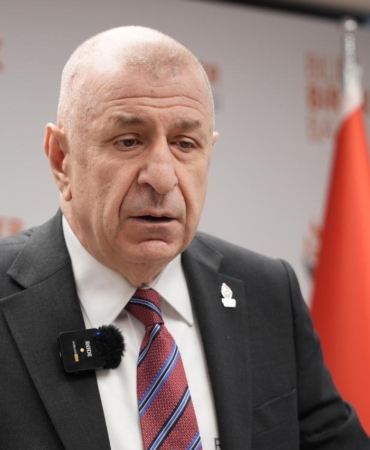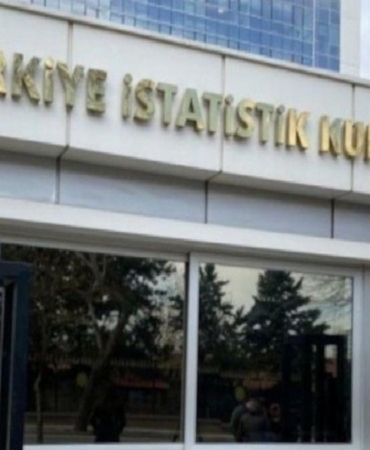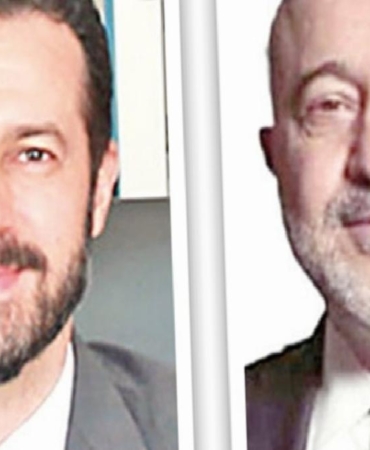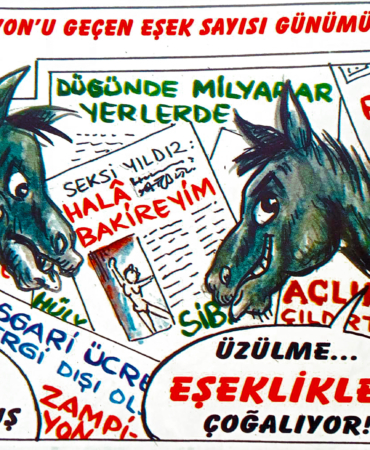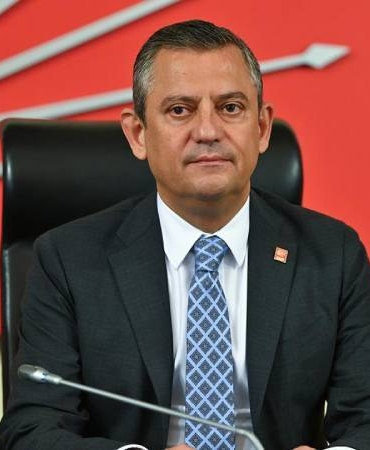While the central bank lowered the benchmark interest rates again and in the third subsequent meeting, it also signaled that the cuts, which deepened the extremely loose policy cycle, were approaching after the faster-than-expected interest rate cut. The Monetary Policy Committee reduced the one-week repo rate from 12% to 10.5%, despite the annual inflation rate of 83.5%. Most economists, A 100 basis point cut was expected after President Mr. Recep Tayyip Erdogan’s open calls to reduce rates to single digits by the end of this year. Although there is a rate cut tranche that is above the expectations, it is understood that the expected interest rates, which will be 9% in single digits, will be reached more quickly as of December.
If we look at the highlights of the CBRT’s policy statement;
-The one-week repo rate was reduced to 10.5% (estimate 11%). Economist estimates ranged from 10-12%.
-The Bank “considered taking a similar step at the next meeting and ending the rate cut cycle”.
-The high course of energy prices and the possibility of recession in the main trading partners keep the risks on the current account balance alive.
-Credit growth rate and allocation of funds for real economic activity are closely monitored.
-With the effect of macroprudential measures, the difference between policy rates and loan rates is closely monitored.
-The MPC expects the disinflation process to begin with “measures taken and determined to strengthen sustainable price and financial stability, and the resolution of the ongoing regional conflict”.
The dangers of global economic recession created by geopolitical risks in the world cause growth expectations to be lowered. In an environment where recession is seen as an inevitable risk, supply constraints and difficulties in issues such as food and energy supply point to increasing inflationary pressures simultaneously with the economic slowdown, and the weight of this is increasing over time on global economies. Turkey is experiencing this problem on the basis of both producer and consumer prices. The parenthesis here is that the usual suspects for inflation from a central bank perspective are global supply shortages and prices. For this reason, we understand that a reflex will not be developed over the monetary policy benchmark interest rate against high inflation, which is not considered as a policy-based one.
In this context, even if the highest inflation rates after 1998 were experienced, the Central bank, which described the price increases as “temporary”, started to cut rates again as of August 2022. But even before the war, inflation in Turkey was approaching 50% after a easing cycle that lowered interest rates by 500 basis points at the end of last year. The annual price increase last month was about 17 times the central bank’s official target. While relying on a cyclical decline in inflation attributed to the global rise in commodity costs, which revived with the Russian invasion of Ukraine in February, it chose to respond to the threats of economic slowdown by charging lower interest rates.
Although there is an interest rate cut tranche that is above the expectations, it is understood that the expected interest rates, which will be 9% in single digits as of December, can be reached more quickly. With the said rate cut, the commercial loan, credit card, default and foreign exchange protected deposit interest rates, which are arranged in connection with the policy rate, will be further reduced, but the cycle between consumer loans and commercial loans will be separated. The economy management adopts a selective approach in this financial transmission mechanism and wants to maintain the flow of credit in certain sectors. The disconnected situation between the policy rate and the interest rates in the market prompted the economy decision makers to take a series of macroprudential measures. These include a number of rule changes, such as collateral changes and securities establishments, which have led to cheaper business loans and prompt banks to convert more from foreign currency to TL.

Comparison of real interest levels in Turkey and other developing countries. Source: Bloomberg, Tera Yatırım
Turkey wants to create a growth story and for this it aims to create ways to increase production, employment and investment. Decision makers think that the way to this is through loose monetary policy and cheap financing costs. We see that Turkey has been the subject of a case study that differs from traditional policies in the new economy perspective so far. In this regard, Mr. Erdoğan always emphasized that low interest rates stimulate investments in the economy and evaluated that low interest rates would also reduce inflation. In this context, in one of his last speeches in October, he gave a clear guidance stating that “interest rates will continue to be lowered every day, week and month”, in a sense placing the single-digit interest rate expectations in the market as of the end of the year into the base scenario.
It is understood that the strong growth that took place in the first half of 2022 will not be realized at the same rates in the remaining half of the year. Leading indicators weaken as of 3Q22, while downside risks to external demand pressure and supply capacity are also weighing. The reflection of these can be expected to be slower production and restricted export potential. This shows that the periodic growth rates will come down. The high course of energy prices reveals the negative balances in the current account balance, which is the main basis of the new economic model, and the financing requirement created by the deepening current account deficit. Economy decision makers think that they can solve the inflation problem by supporting financial conditions and increasing production in the context of commercial loans directed to the right address, and they intend to implement an action plan through this channel. In order to ensure the sustainability of the model, it is necessary to carefully monitor the compelling factors of the system, and in this conjuncture, it becomes difficult to maintain a balance of continuity.
So far, the outputs of the model have manifested in the deterioration of price stability and the lira, the worst-performing emerging market currency for the year, after the Argentine peso. The lira lost more than 28% of its value against the dollar in 2022.
It is understood that monetary policy will continue in an unconventional trend between the economic perspective of the government and the factors of inflation and global monetary tightening. We expect a single-digit policy rate to be reached, with a similar slice of interest rate cut in the November meeting, as deduced from the Central Bank’s policy text.
Kaynak: Tera Yatırım-Enver Erkan







